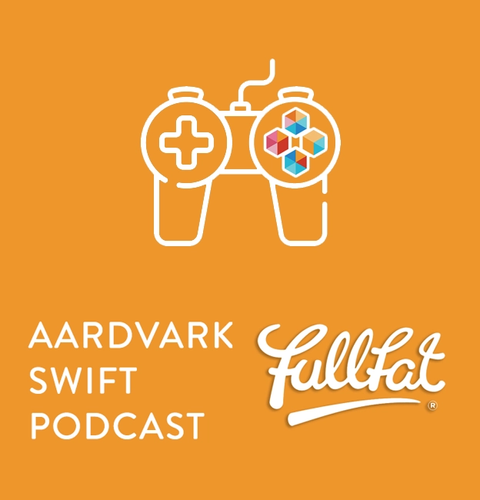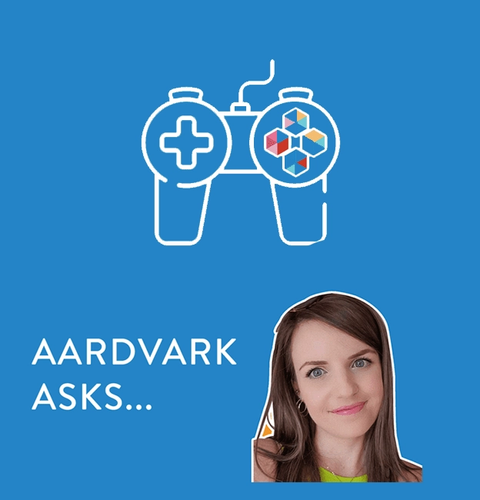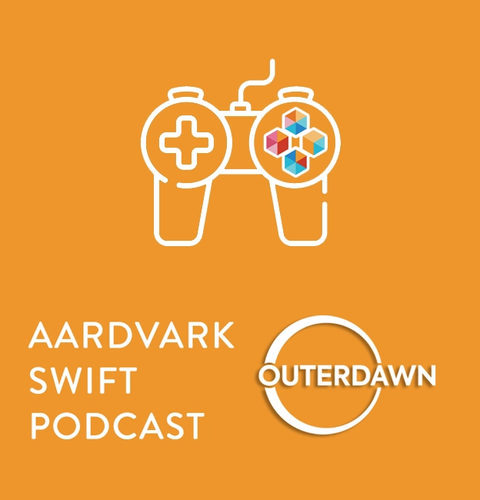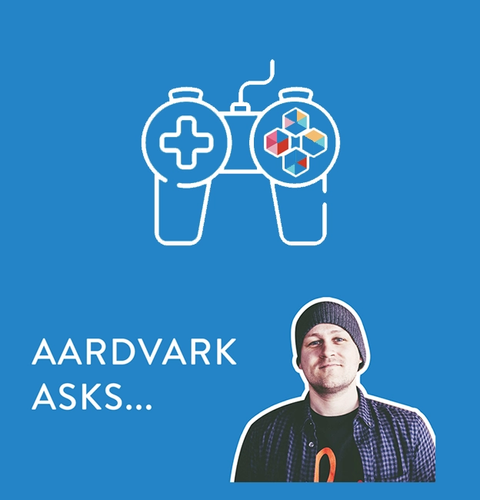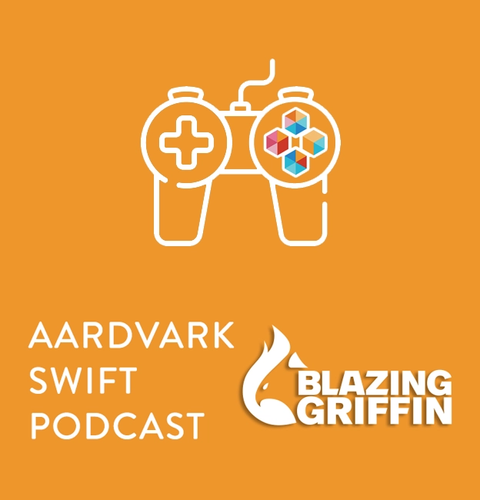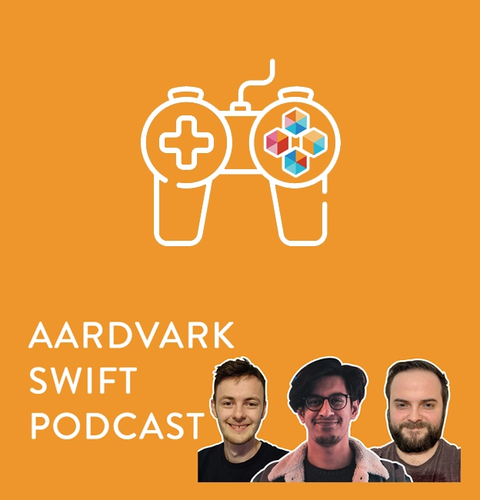For reasons we needn’t mention, “working from home”, “remote roles”, and “hybrid-working” are a group of buzzwords and concepts that have since pushed their way to the front of the queue of public consciousness in the last couple of years. The collective realisation that for many, working from home is not only feasible, but has provided them an increase in productivity, mental wellbeing, and a decrease in commuting costs has led the charge in calls for more workplaces to offer these options; according to a survey conducted by The Adecco Group, over 75% of participants expressed a desire for remote or hybrid-working options.
However, this view is by no means unanimous; with trade-offs including diminishing culture and comradery, security implications, and lack of face-to-face mentorships, it’s important to delve into both the downsides and benefits of each when considering the best working practices to implement at your studio. It’s also critical to anticipate the future zeitgeist of the industry, so that you can ensure your studio isn’t left behind with the working practices of the times.
That’s why Aardvark Swift has compiled some of the most important factors to consider, and has asked some of the best UK studios as to how and why they choose their working models; so you can make the choice best suited for your staff and studio!
In-studio
Before anything else, let’s take a minute to really understand the status quo; in-studio working. As the default option, particularly if your studio currently has a fully operational studio, it’s easy to fall into the “if it ain’t broke don’t fix it” camp, without truly analysing if this is the best way your studio could be running.
One of the biggest upsides of maintaining a fully on-site working environment, particularly in such a creative industry, is the cultivation of a collaborative and innovative studio culture. Regardless of the game engine you choose to use, opting for onsite provides your team with the greatest sense of Unity (sorry). Ideas can be bounced from developer-to-developer and department-to-department, and leaders can inspire and motivate their teams to produce their best work first-hand.
Maintaining and developing strong team dynamics becomes more of a task when communication becomes digital and out of necessity; interactivity-focused studio Electric Noir offer hybrid-working and remote options, and place value of having studio space for their developers. “I think something is lost when you go fully remote with the studio”, says CEO and Founder Nihal Tharoor. “I think particularly as a young start-up trying to build a really great culture around a very clear vision, it’s important to have those personal moments, I think you do form relationships with people deeper when you’re interacting face to face.”
If you’re a studio looking to onboard junior members of staff, there’s no better working strategy than studio working. Mentorship is most efficient face-to-face, coming with the ease of teaching more practically and personally, as well as a building of a rapport strong enough for juniors to feel comfortable to ask questions they would otherwise keep to themselves. Antstream, a retro-game streaming service, offer hybrid and remote roles, see the value of onsite working for training purposes, as Studio Head Mike Rouse mentions. “Junior members of staff benefit so much by having instant access to people, in the studio with someone where you’re learning and building up your craft. There are ways around it, but it’s going to be one of the challenges as we go into the next decade”
Advocates of full in-studio working might offer productivity levels as one of their main reasons for opting for this strategy, and on paper, it makes sense. Physically going to a space to work promotes a mentality of intent, and surrounding yourself in an environment dedicated to collectively working on a project both frees the team of external distraction and promotes collaboration between peers. However, both statistical and anecdotal evidence from employees and employers alike argue the contrary.
According to research conducted by Catalyst, employees who have access to remote working are 63% more likely to report being always or mostly innovative, and 75% more likely to report being often or always engaged. Piers Duplock, Senior Producer at Warp Digital, a studio specialising in porting and co-development that offer hybrid and remote options, reported no loss of productivity, even during the pandemic. “I think in the world was terrified of transitioning to remote working, especially in regard to its implication on productivity. But I’m so proud of our team, we didn’t really have any drop off in output when we went working remote”.
Fully Remote Working
Whether by choice or necessity, many studios have dabbled with fully remote working practices in the last couple of years. For the many unprepared for such an immediate transition, just the phrase “work from home” may trigger a visceral response. You yourself may harken back to the first few weeks of remote team organisation with a less-than-fond outlook on remote working. If this is you, try not to disregard remote teams straight out of the gate; when organised coherently and thoroughly, it can be a useful working practice.
Opening your studio doors to fully remote workers can significantly boost the scope of your talent pool in terms of both quality and diversity, even more so if your base of operation isn’t a major city. Johnathan Burroughs, Director of narrative and storytelling studio Variable State, says their experience as a fully remote studio has been just that. “Variable State has been fully remote working since 2014 and will likely stay that way into the future” says Johnathan. “It’s fantastic to be able to work with great people regardless of where they’re situated, with geographic obstacles and relocation requirements just totally removed from consideration when approaching hiring”.
Not only that, the staff that you do bring onboard are far more likely to be retained; remote studios that offer flexibility to their staff show a substantially less turnover in staff. According to a survey conducted by Owl Labs, 74% of respondents said the ability to work remotely would make them less likely to leave their employer, and 71% said remote options would make them prefer one role over another in their next role. And studios are seeing this first-hand already. Electric Noir’s Nihal Tharoor notes “I think certainly five days a week in-studio is not going to be wildly accepted anymore; there have been a few candidates that we’ve spoken with that are on the job market now because their studio is enforcing just that”. Antstream’s Mike Rouse echoes a similar sentiment. “Regardless of who you are, a big studio or a small studio, I think there is going to be an expectation from the workforce to do either one hundred percent work from home or hybrid between the two. The reality is, is that companies have shown it can work.”
One of the biggest challenges with the uptake of fully remote working is the insuring a quality working environment for staff members. Employers can, of course, provide their team with all the ergonomic chairs, adjustable standing desks, and blue-light cancelling monitors they like, however, if that person does not have a safe, spacious, and external-stress-free environment, their productivity and wellbeing can suffer. Mixing work and life in one space can breed both cabin fever and the “always on” mentality, contributing to heightened stress levels and burnout if left unchecked. According to a survey conducted by Buffer, 27% of remote employees sited “not being able to unplug” as the biggest downfall of remote working, at least during a pandemic.
It’s not all doom and gloom though; there are fixes to the problem. Fully remote studios that run effectively offer the option of alternative work locations (including cafe’s, public spaces, and libraries), and provide regular risk assessment checks and support tools for their staff to ensure workers are maintaining good working physical and mental health practices. They also regularly check on the wellbeing of remote staff, as well as refusing to neglect building team dynamics and culture, albeit remotely, to maintain positive communication channels and support systems.
Hybrid Working
If you aren’t completely sold on either option, there is a third paradigm for you to consider; one of which, that can be tailored to suit your studio needs. The most common ways of implementing hybrid working include designated work-from-home days, weeks, hot desks, or complete flexibility between the two.
Taken at face value, hybrid working is the answer to all of in-studio and remote working’s problems; maintenance of studio culture, increased productivity and flexibility, and face to face mentoring of junior staff to name a few. True flexibility in your staff’s working instils accountability and personal responsibility in workers, making them feel valued and consequently, most productive and loyal. According to another report by Owl Labs, nearly two-thirds of European business leaders reported that hybrid working makes companies more profitable. In conjunction with reports by Hibob, finding the at-will hybrid model to provide the most productivity and worker satisfaction due to the sense of freedom that they have regarding where they work, it’s hard not to conclude that fully-flexible working is worth considering for your studio.
Put simply, hybrid working allows staff to utilise their time most efficiently on every level. Collaboration and innovation can occur face to face, with teams making the use of in-person synergy and varying levels of expertise, focused work and productivity can be boosted in a remote environment, and worker satisfaction is improved from a reduction in commuting time and costs. This works optimally when employees are entrusted with complete flexibility. Dovetail Games, simulation specialists, offer this model, as described by Fiona Turner, Senior Talent & CSR Executive; “our model is aptly named ‘your base is your space’; we trust our people to work from where they think they do their best work. It really works, we’ve had some really good feedback and results from this model, especially in combination with our major focus on the wellbeing of our staff.”
However, the biggest issue, and the more prominent in the games industry particularly, is the security risk of highly sensitive data and content being worked on externally, transferred, and transported between offices. “There’s a multitude of measures that we go through”, says Piers Duplock, for whom security is particularly important as an outsourcer. “It’s something that we spent a lot of time planning out and ensuring we adhere to both our own and clients’ security measures. As a porting specialist, working with upcoming consoles proves to bring new challenges with hybrid working; with security being the console manufacturers highest priority as default, ensuring we secure and lock the consoles away in-studio, having these offsite brought multiple measures into place”.
In conclusion each working model comes with its own benefits and caveats, and each studio, depending on size, budget and speciality will have its own priorities and practicalities. When deciding what practices to implement, it’s critical to consider both the needs of the business and your staff, balancing the two as best you can. With that being said, as we’ve explored in this article, demand for worker flexibility is higher than ever, and are a major contributing factor to employee retention and onboarding, with the paradigm shifting to a level of expectation of some flexibility for many. We’ve covered some of the most prominent discussion points for these working models in this article, though there are many other considerations to be made, including more intricate financial and legal implications. Whatever model you decide to implement, be sure to consider the changing consensus, the landscape of the industry, and the changing circumstances of your studio.
Whichever model your studio adopts, Aardvark Swift can assist with your recruitment plans. Find out more here.




